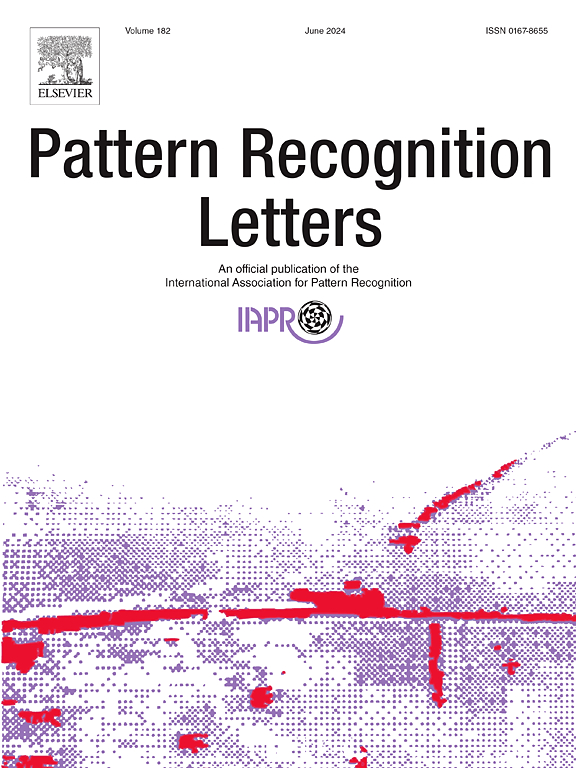RAM: Interpreting real-world image super-resolution in the industry environment
IF 3.9
3区 计算机科学
Q2 COMPUTER SCIENCE, ARTIFICIAL INTELLIGENCE
引用次数: 0
Abstract
Industrial image super-resolution (SR) plays a crucial role in various industrial applications by generating high-resolution images that enhance image quality, clarity, and texture. The interpretability of industrial SR models is becoming increasingly important, enabling designers and quality inspectors to perform detailed image analysis and make more informed decisions. However, existing interpretability methods struggle to adapt to the complex degradation and diverse image patterns in industrial SR, making it challenging to provide reliable and accurate interpretations. To address this challenge, we propose a novel approach, Real Attribution Maps (RAM), designed for precise interpretation of industrial SR. RAM introduces two key components: the multi-path downsampling (MPD) function and the multi-progressive degradation (MPG) function. The MPD generates multiple attribution paths by applying a range of downsampling strategies, while the MPG incorporates random degradation kernels to better simulate real-world conditions, ensuring more accurate feature attribution. The final attribution map is derived by averaging the results from all paths. Extensive experiments conducted on industrial datasets, including IndSR, Wafer Maps, and Pelvis, validate the effectiveness of RAM. Our results show substantial improvements in several interpretation evaluation metrics and enhanced visual explanations that eliminate irrelevant interference. This work provides a powerful and versatile tool for explaining industrial SR models, offering significant advances in the interpretability of complex industrial images.
RAM:在工业环境中解读真实世界的图像超分辨率
本文章由计算机程序翻译,如有差异,请以英文原文为准。
求助全文
约1分钟内获得全文
求助全文
来源期刊

Pattern Recognition Letters
工程技术-计算机:人工智能
CiteScore
12.40
自引率
5.90%
发文量
287
审稿时长
9.1 months
期刊介绍:
Pattern Recognition Letters aims at rapid publication of concise articles of a broad interest in pattern recognition.
Subject areas include all the current fields of interest represented by the Technical Committees of the International Association of Pattern Recognition, and other developing themes involving learning and recognition.
 求助内容:
求助内容: 应助结果提醒方式:
应助结果提醒方式:


